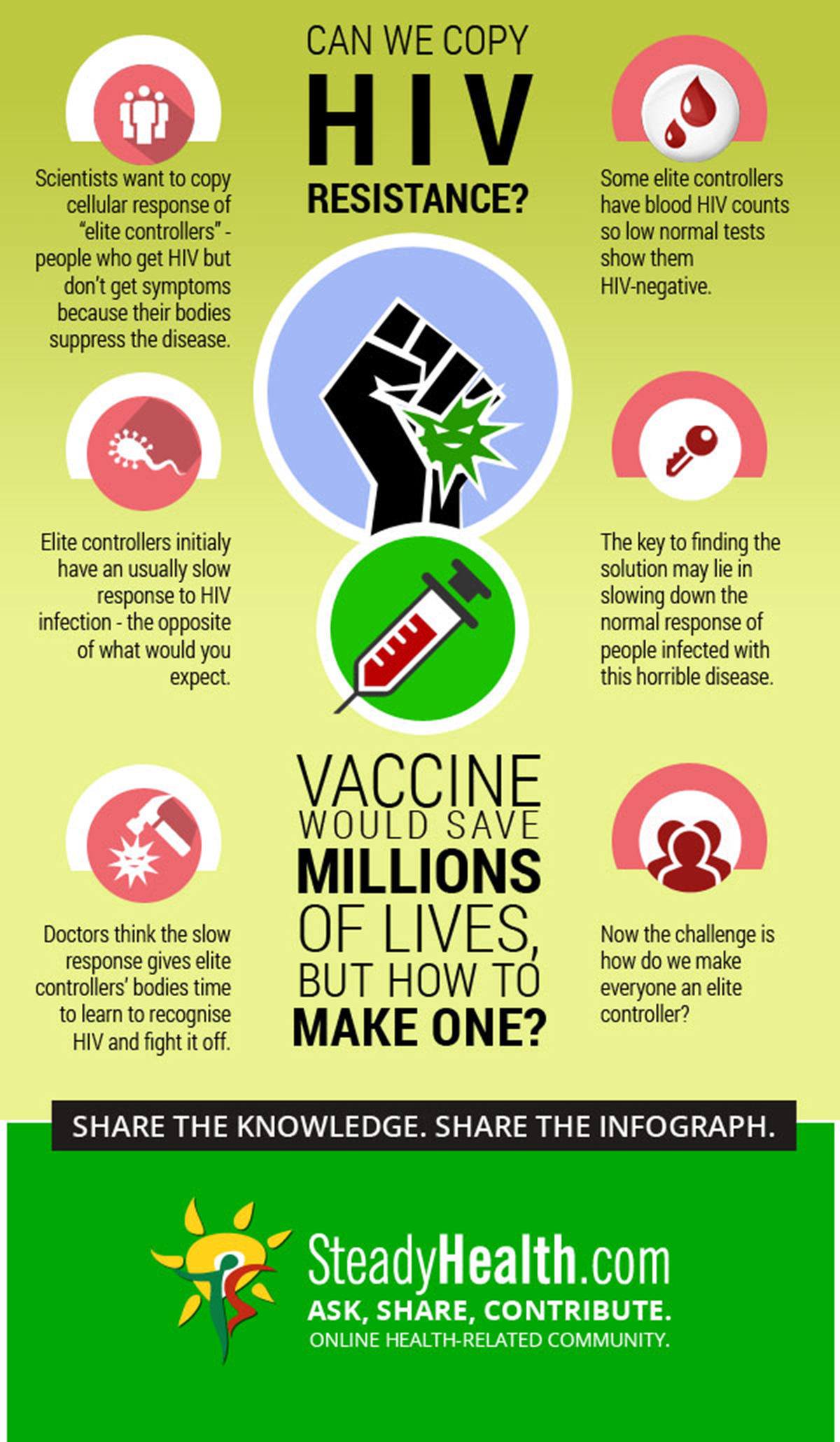Table of Contents
Human Immunodeficiency Virus, or HIV, is a Retrovirus that damages patients' immune systems and, therefore, interferes with the body's ability to fight microorganisms that cause other infections and diseases.
HIV is a sexually transmitted infection, but can also be transmitted from mother to child or by contact with infected blood. It can take a long time, up to years, before HIV weakens the immune system to a level where the affected person develops AIDS (Acquired Immunodeficiency Syndrome), which is defined as a CD4 count of below 200 or being diagnosed with an AIDS-defining condition.
Symptoms
HIV develops flu-like symptoms within a month or two after the virus enters the body of the affected individual. Known as acute or primary HIV infection, this condition may persist with symptoms for a few weeks. These possible symptoms and signs include:
- Fever.
- Muscle and joint aches and pains.
- Headache.
- Sore throat.
- Swollen lymph glands that mainly affect the neck.
- Rash.
Symptoms of primary HIV infection can be mild enough to go unnoticed, but the amount of virus in the bloodstream (known as the viral load) is actually high at this time. Due to this, HIV infection can end up spreading more efficiently during the primary infection than during the chronic phase.

As the virus continues to spread and destroy the immune cells (called CD4), the patient can begin to develop mild infections or chronic signs and symptoms that may include:
- Fatigue.
- Generalized swelling of the lymph nodes.
- Weight loss.
- Diarrhoea.
- Herpes-zoster infection (shingles).
- Oral thrush (fungal infection).
Complications
Patients who don't receive treatment, or who are not compliant with their therapies, for HIV infection may end up developing AIDS at around 10 or so years after the initial infection. By this time, the patient's immune system has been damaged to the point where they are prone to developing opportunistic infections, which are illnesses that don't usually cause issues in people with normal functioning and healthy immune systems.
The symptoms and signs of some of these infections may include:
- Persistently recurring fevers.
- Chronic, excessive and soaking night sweats.
- Unexplained and persistent fatigue.
- Chronic diarrhoea.
- Major weight loss.
- Persistent lesions or white spots on the tongue or in the mouth.
- Skin bumps or rashes.
AIDS-defining conditions, as mentioned above, include the following:
- Candidiasis of the trachea, bronchi or lungs.
- Oesophageal candidiasis.
- Extrapulmonary cryptococcosis.
- Coccidioidomycosis.
- Cytomegalovirus retinitis causing loss of vision.
- Cytomegalovirus disease (other than in the lymph nodes, spleen or liver).
- HIV related encephalopathy.
- Chronic intestinal cryptosporidiosis.
- Histoplasmosis.
- Herpes simplex associated chronic ulcers or causing bronchitis, pneumonitis or oesophagitis.
- Kaposi's sarcoma.
- Chronic intestinal isosporiasis.
- Immunoblastic lymphoma.
- Burkitt's lymphoma.
- Primary lymphoma of the brain.
- Mycobacterium kansasii or Mycobacterium avium complex.
- Pneumocystis jirovecii pneumonia (formerly Pneumocystis carinii).
- Disseminated or extrapulmonary tuberculosis.
- Progressive multifocal leukoencephalopathy.
- Toxoplasmosis of the brain.
- Recurrent Salmonella septicaemia.
- Wasting syndrome due to HIV.
Conditions that were included in 1993
- Recurrent episodes of pneumonia.
- Invasive cervical cancer.
- Tuberculosis in any areas of the lungs.
In children under 13 years
The following are also included in these patients.
- Multiple or recurrent bacterial infections.
- Pulmonary lymphoid hyperplasia complex or lymphoid interstitial pneumonia.
- www.medicalbrief.co.za/archives/real-time-electronic-monitoring-improves-art-adherence/
- www.mayoclinic.org/diseases-conditions/hiv-aids/basics/definition/con-20013732
- en.wikipedia.org/wiki/AIDS-defining_clinical_condition
- Photo courtesy of shutterstock.com
- Infographic by SteadyHealth.com
- Infographic by SteadyHealth.com


Your thoughts on this